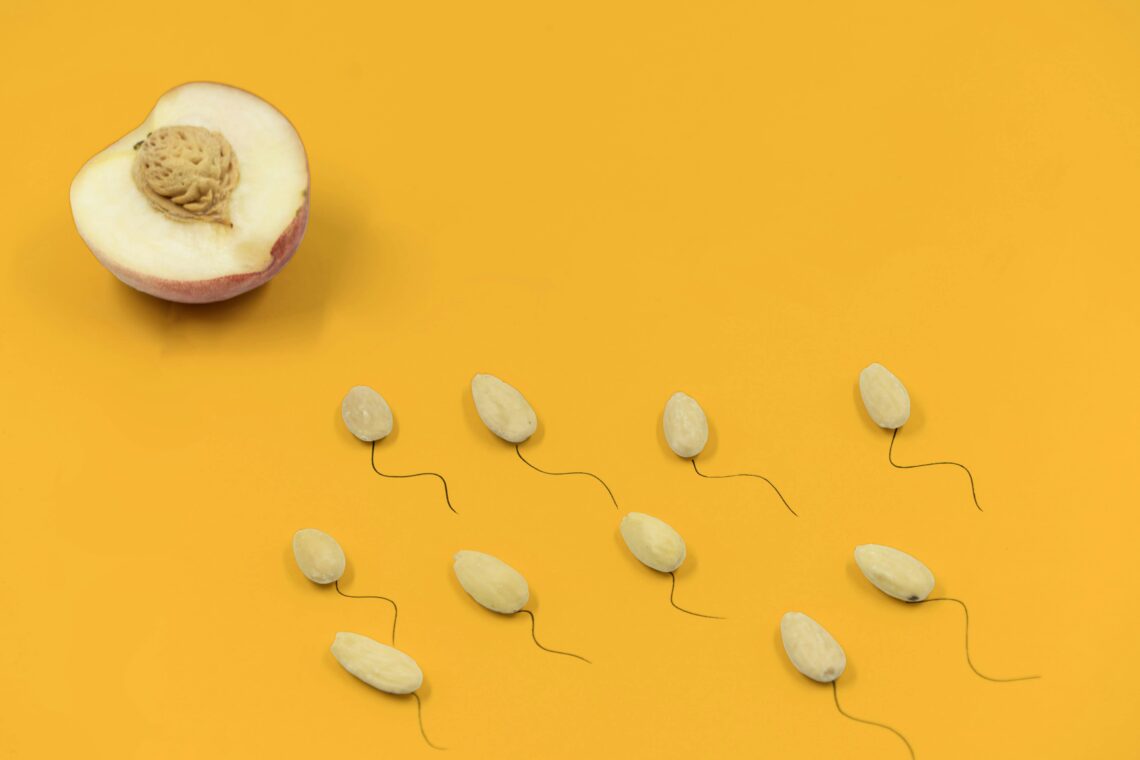
Understanding Sperm’s Role in Fertility: Why It’s Just as Crucial as Egg Quality
By Jemma Walker BSc MSc PhD, Senior Clinical Embryologist
In fertility medicine there can be a lot of focus on egg quality and ovarian reserves, but it is just as important to understand the sperm side of the equation. Around 50% of heterosexual couples with infertility have a “sperm factor” at play. This does not mean that the sperm is the sole cause of a delay to pregnancy, but it may be having an impact. And anyone undertaking fertility treatment will need to know whether they have sperm available before we can begin.
At Herts and Essex Fertility Centre (HEFC) we offer two major types of semen analysis. A diagnostic analysis, where we compare your semen sample to the samples of people who are known to be fertile. Or a treatment determination analysis, where we compare your sample to our in-house limits in order to determine which treatment type is most appropriate for your sperm. Semen samples can also fluctuate in quality so sometimes it is advisable to do a repeat test. Sperm take about 3 months to be made, so it is often the case that we advise a 3 month wait before a repeat. But our team would be able to advise you if this is something that you may need.
The parameters we look at differ between the types of tests you have but can include;
- Volume – How much fluid is produced; Lower volumes can indicate if there is a problem with how the body produces the seminal fluid
- Colour – Whether the colour is normal, some colours can indicate infection or the presence of blood
- Viscosity – Whether the sample is sticky, very sticky semen can indicate problems with the glands that make the seminal fluid
- Count – How many sperm are in the whole sample, while it only takes one to fertilise one egg, low counts can mean that the chances of fertilisation is less
- Concentration – How many sperm are in one millilitre of sample, this will be affected by the volume and the count
- Motility – What proportion of the sperm are moving, only motile sperm can swim their own way to an egg
- Morphology – What proportion of the sperm are shaped as we would expect, most people have only a small percentage of sperm that are “normal” in shape but very low numbers can indicate that the sperm will not be able to go on to create normal embryos
- Non Sperm Cells – What concentration of cells that are not sperm are present in the semen, non-sperm cells may show signs of infection or that sperms are not being made fully, both of which can impact fertility
- Hyaluronan Binding Assay – What proportion of the sperm are able to bind to a chemical called Hyaluronan, only mature sperm are able to bind and mature sperm are more likely to fertilise an egg, so this acts as a measure of sperm maturity
- Mixed Agglutination Reaction – Whether the sperm stick to test beads, if sperm are able to stick then it is likely that the sperms could get stuck together given time, which would prevent them from being able to swim to an egg
For diagnostic tests we compare each parameter to what the World Health Organisation and the test manufacturers says are the lower limit of “normal”. They worked out what is normal by analysing the sperm of thousands of people who had had natural conceptions with a partner. Then they said that the bottom 5% of these results are considered “abnormal”. So even in this study some people had an “abnormal” test result, yet they still had a natural conception. But generally, we find that people with an “abnormal” semen analysis result are more likely to experience a delay to pregnancy. That is not to say that a natural conception is impossible. In fact, if there are any sperm present in the sample at all then it would be advisable to use contraception if trying to avoid pregnancy with a partner that could potentially conceive! But with anyone who experiences a delay to pregnancy it can be that fertility treatment is an option that can help to facilitate conception.
For patients who know that they intend to have fertility treatment we perform the second type of analysis. In a treatment determination analysis we are trying to work out whether we are likely to be able to perform different types of insemination with a sample from them. For each parameter we set a cut off and if the sample exceeds every parameter then we know that the sample can likely be used in IUI or IVF, whereas if some parameters fall below these limits we know that we should recommend using other methods of insemination, such as ICSI or PICSI. We can also work out whether there is a risk that on the day of treatment we may not get enough sperm, in which case we may recommend freezing some sperm before starting the cycle.
Whether you are curious about your fertility, trying to better understand your chances of a natural conception, or are considering fertility treatment, a semen analysis can be a reasonably quick test that can start the process of understanding more.





